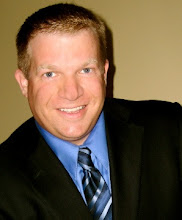Recently, I had the pleasure of attending the annual conference of the National Speakers Association which was held in New York City at the Marriott Marquis Hotel. The hotel is a beautiful facility that's in a great Times Square location. But before long, convention attendees noticed a major problem with the facility: the elevators.
The property has 49 floors and about 1,900 rooms. It has about 15 elevators. This is a good number, except for times when a lot of people need to use the elevators at once. And if you're at at a large convention, odds are it will happen frequently. So you'd find yourself spending a lot of time waiting for the elevators. To the hotel's credit, it runs the elevators off a computerized system that maximizes efficiency. But even this system is overwhelmed by a high volume of people.
The challenge is one of verticality. Most large hotels, like you'd see in Las Vegas, have a high number of rooms but those rooms are spread out among multiple towers. It's a horizontal layout. The Marriott is vertically configured as one building. Adding more elevators would likely not improve the situation much and would reduce the number of rooms.
So the challenge is not making the commute faster but rather making it more enjoyable for guests. I was disappointed that staff behaved as if they'd never seen this problem before, a problem that happens whenever the hotel hosts a major convention. What if they could strategically plan little perks for these high traffic moments? While waiting for an elevator, wouldn't it be nice to sip a free glass of lemonade or hot chocolate? Maybe you could even bring in entertainers like magicians or face painters to entertain the crowds. The idea is that you don't try to hide the fact that you have a problem but instead show that you understand the pain that your customers may be experiencing. Give them a little distraction to keep them entertained and you'll hear less complaining about the problem.







